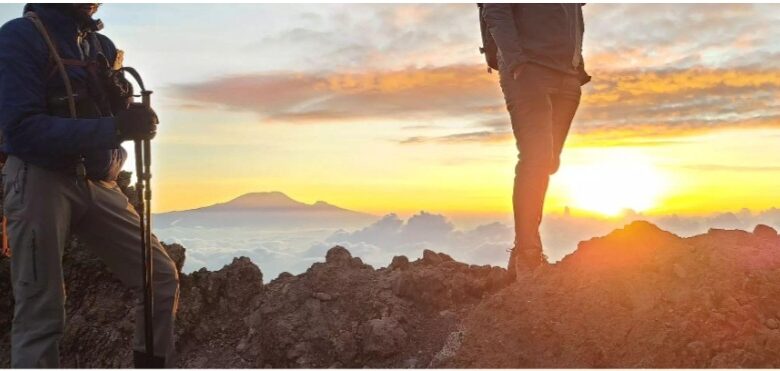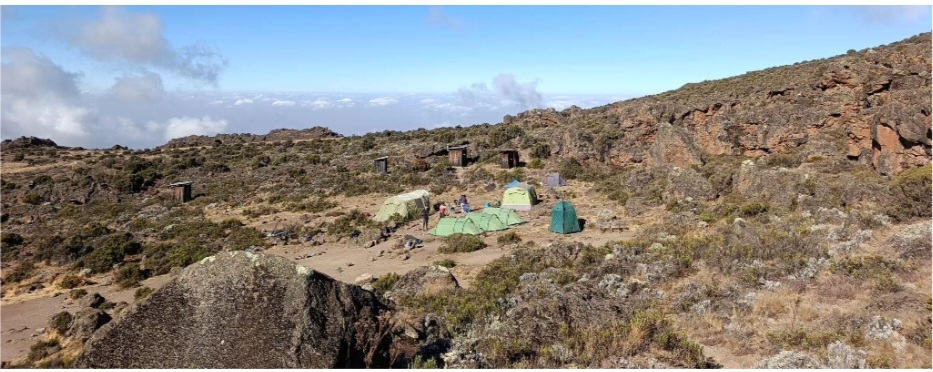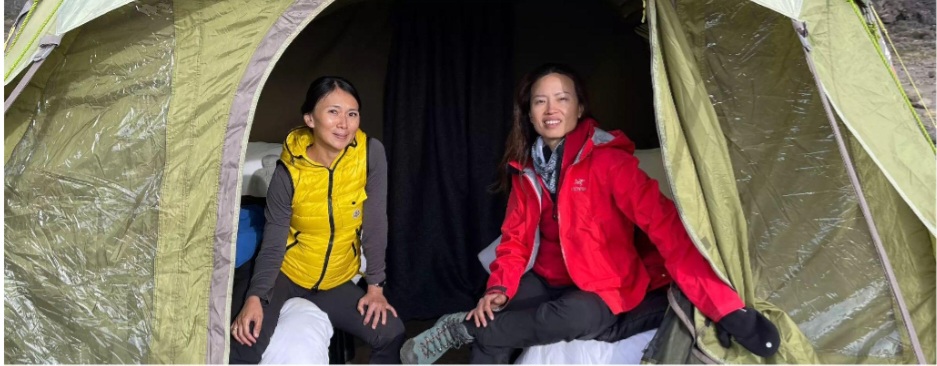Kilimanjaro: The Summit of Freedom — Learning to Climb Free in Body, Mind & Spirit

There’s a profound pull in knowing that some mountains exist not just to be summited, but to set us free. Mount Kilimanjaro, soaring 5,895 metres above Tanzania, is one such. To climb Kilimanjaro is to engage in a journey of liberation — freeing the body from comfort, the mind from doubt, and the spirit from the boundaries we impose on ourselves.
In these pages, I invite you to walk with me through the mountain’s lessons in freedom — lessons that translate to everyday life long after descent.
The Call to Climb Free
Freedom often begins with a decision: to risk, to step out, to pursue what seems beyond reach. For many, that decision is made at the trailhead.
Kilimanjaro doesn’t require ropes or technical gear, but it demands courage. The path tests more than muscles — it tests beliefs. Can you trust your body? Can you accept discomfort? Can you remain steady when progress slows?
When you choose to climb, you choose to claim space — literally and metaphorically — to redefine what you believe you’re capable of.
Time as a Liberation Strategy
One of the first practical questions is how long does it take to climb Kilimanjaro. Some itineraries push for five days, but the wiser approach is seven to nine.
This isn’t procrastination. It’s liberation from haste. The body, like a mind under stress, adapts best when given time. Rushing invites breakdown; pacing invites transformation.
Those extra hours aren’t wasted — they become opportunities to listen: to your breath, your legs, your resolve.
Choosing Your Own Route
Not all paths to freedom follow crowds. On the mountain, the popular Machame and Umbwe routes often attract large groups, and they include an inefficient 401-metre gain lost immediately into Karanga Valley. That’s energy spent in noise, not in ascent.
Team Kilimanjaro’s TK Lemosho Route rejects that waste. It is quieter, more gradual, less congested. It gives you room to think, to breathe, to be alone with the mountain. For those daring more, the Excel Extension offers a night in the crater at 5,729 m — a rare experience few ever know.
Freedom sometimes lies not in speed, but in choosing the path that respects your rhythm.

Seasons of Freedom
What does it mean to climb freely? Sometimes it’s climbing under perfect skies; other times, under rain and uncertainty.
The best time to climb Kilimanjaro is during the dry seasons — January to March, and June to October. But the rainy windows — April to May, November — can be quieter, more intimate, more demanding. They call for resilience.
Freedom isn’t chosen only in comfort. Sometimes it’s forged in the rain, in the mud, when you commit anyway.
Support That Elevates, Not Restricts
True freedom is not about doing everything alone. Healthy interdependence honors boundaries and trust. Kilimanjaro requires guides and porters. But how that support is structured matters.
Team Kilimanjaro offers seven “support series,” each aligned with a different style of freedom. Around 70% choose the Advantage Series — comfort paired with authenticity: fresh food, private toilets, attentive care. Others choose the Superlite Series for rugged minimalism, or the Hemingway Series for refined elevation.
Your freedom is shaped by your support — not absence of help, but the integrity of help.

The Summit Night: Bridging Fear and Triumph
If the rest of the climb is a slow ascent, summit night is the threshold. At midnight, under a black canopy, climbers rise. The air thins, the wind whispers. Every step is risk. Every breath, a concession.
But nearing dawn, the horizon ignites. Glaciers glow. The sign at Uhuru Peak — Swahili for “freedom” — welcomes you. You stand literally on top of Africa and feel your boundaries shift.
Freedom is not a destination. The summit is a moment when you see how far you’ve come, and how much further you might go.
The Descent: Carrying Freedom Home
Descending is often under-appreciated. The air thickens, life returns, the forest hums. Yet something inside is different.
You carry a quieter confidence, a recalibrated measure of what matters. Decisions feel sharper. Distractions, lighter.
Many climbers extend their journey — safari, Zanzibar — but the real journey remains internal. The mountain taught you that freedom is not the absence of difficulty, but permission to rise despite it.
Why Kilimanjaro Resonates Now
We live in times of constraint — pandemic limits, climate anxiety, digital overload. The symbol of freedom matters more now.
Kilimanjaro offers a story that feels ancient and urgent: that we can step out of fear, walk slowly into challenge, lean into support, and stand firm in victory. That we can live free in mind and body even when the world feels compressed.
The mountain doesn’t promise ease. It promises context. It resets perspective.




